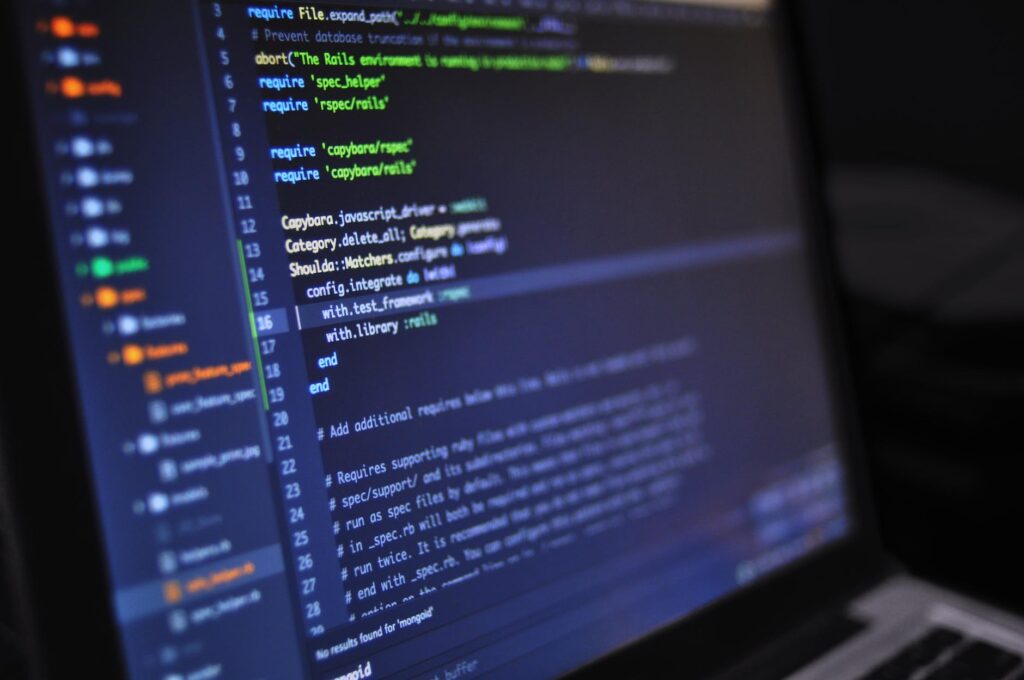In recent years, microcontroller programming has become an essential skill for electronics enthusiasts, hobbyists, and professionals alike. Among the various platforms available for microcontroller development, Arduino stands out as a popular choice due to its versatility, ease of use, and extensive community support. This article aims to provide a comprehensive introduction to microcontroller programming with Arduino, exploring its potential applications, fundamental concepts, and how to get started with an Arduino project.
What is Arduino?
Arduino is an open-source electronics platform based on easy-to-use hardware and software. It consists of a microcontroller board, which acts as the brain of your electronic projects, and a development environment for writing software to run on the board. Arduino boards are capable of reading inputs—such as light from a sensor or a finger on a button—and turning them into outputs, like activating a motor or turning on an LED.
Why Choose Arduino?
Arduino is known for its simplicity and accessibility. Here are some reasons why Arduino is a preferred choice for both beginners and seasoned developers:
- Ease of Use: The Arduino development environment is friendly for beginners, offering simple language syntax and a wide array of libraries that make it easy to implement complex functionalities.
- Community Support: With a large community of users, there are countless tutorials, forums, and resources available online to assist you in your projects.
- Open Source: Both the hardware and software are open-source, which means anyone can contribute to improving the platform.
- Cost-Effective: Arduino boards are relatively inexpensive, making them ideal for prototyping and educational purposes.
Getting Started with Arduino
To start programming with Arduino, you will need a few essential components. A good entry point for beginners is the Arduino Starter Kit amazon, which includes an Arduino board, a collection of sensors, actuators, and other components, along with a step-by-step tutorial book.
Basic Programming Concepts
Arduino programming is based on C/C++ language. Here are some fundamental concepts to understand before diving into Arduino programming:
Sketch: In Arduino, a program is called a sketch. It is written in the Arduino Integrated Development Environment (IDE) and uploaded to the board.
Setup and Loop: Every Arduino sketch must have two main functions: setup() and loop(). The setup() function runs once when the program starts and is used to initialize variables, pin modes, etc. The loop() function runs continuously, allowing the board to respond to inputs and outputs.
Libraries: Libraries are collections of code that make it easy to connect to sensors, displays, and other hardware components. They extend the functionality of your code without needing to write everything from scratch.
First Project: Blinking LED
A common first project for Arduino beginners is to make an LED blink. This simple project introduces you to the basic concepts of writing and uploading code to the Arduino board. Here’s a brief outline of how to achieve this:
- Connect an LED to a digital pin on the Arduino board.
- Write a sketch that sets the pin as an output and alternates its state between HIGH and LOW with a delay.
- Upload the sketch to your Arduino board using the Arduino IDE.
Conclusion
Arduino provides a powerful platform for learning and experimenting with microcontroller programming. Whether you’re an educator, a student, or a hobbyist, Arduino offers a gateway to the world of electronics and coding. With its user-friendly interface and supportive community, starting your journey with Arduino can be both informative and fun. The possibilities are endless—from creating simple gadgets to developing complex robotic systems. Happy coding!

